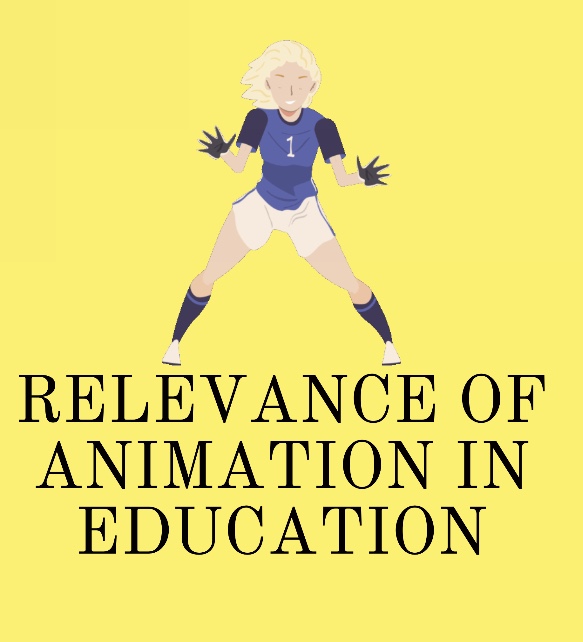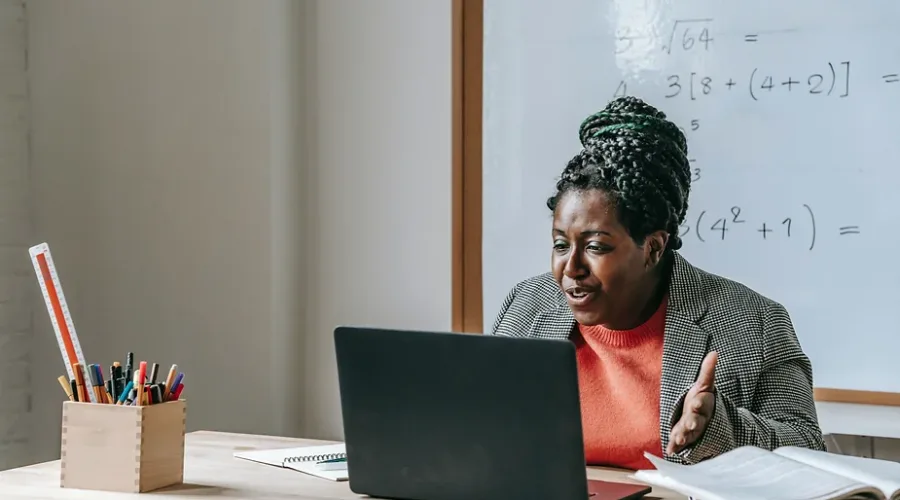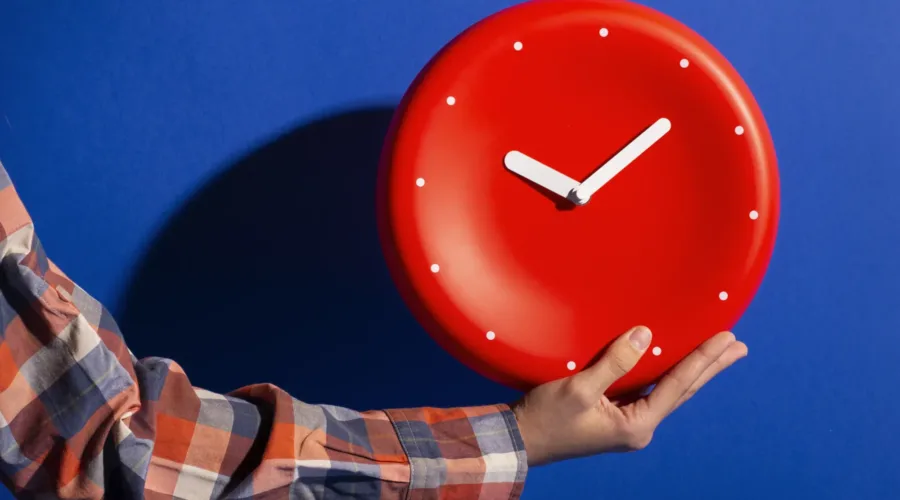Relevance of Animation in education; Animation is a method in which figures are manipulated to appear as moving images. In traditional animation, images are drawn or painted by hand on transparent celluloid sheets to be photographed and exhibited on film. Today, most animations are made with computer-generated imagery (CGI). Computer animation can be very detailed 3D animation, while 2D computer animation (which may have the look of traditional animation) can be used for stylistic reasons, low bandwidth, or faster real-time renderings. Other common animation methods apply a stop motion technique to two- and three-dimensional objects like paper cutouts, puppets, or clay figures.
A cartoon is an animated film, usually a short film, featuring an exaggerated visual style. The style takes inspiration from comic strips, often featuring anthropomorphic animals, superheroes, or the adventures of human protagonists. Especially with animals that form a natural predator/prey relationship (e.g. cats and mice, coyotes and birds), the action often centers on violent pratfalls such as falls, collisions, and explosions that would be lethal in real life.
The illusion of animation—as in motion pictures in general—has traditionally been attributed to persistence of vision and later to the phi phenomenon and/or beta movement, but the exact neurological causes are still uncertain. The illusion of motion caused by a rapid succession of images that minimally differ from each other, with unnoticeable interruptions, is a stroboscopic effect. While animatorstraditionally used to draw each part of the movements and changes of figures on transparent cels that could be moved over a separate background, computer animation is usually based on programming paths between key frames to maneuver digitally created figures throughout a digitally created environment.
In this article, you will learn some of the relevance of animation in education;
1. It enhances creativity:
Learning through the use of animations allows students to be able to have diverse knowledge of things which allows them to imagine and explore their creativity.
2. It makes learning faster and interesting:
Animations makes it easier for students to relate the knowledge of what they are watching to their own personal imaginations which makes it easier and faster for them to learn and understand what they are being taught.
3. It motivates students to want to learn:
Watching your schoolwork in form of an animation makes learning more interactive and fun for the students which makes them eager to learn and meet all their learning goals.
Are you a school owner and you need a web solution to automate your school work click here to sign up for free.
Author: Semira Ayeni




